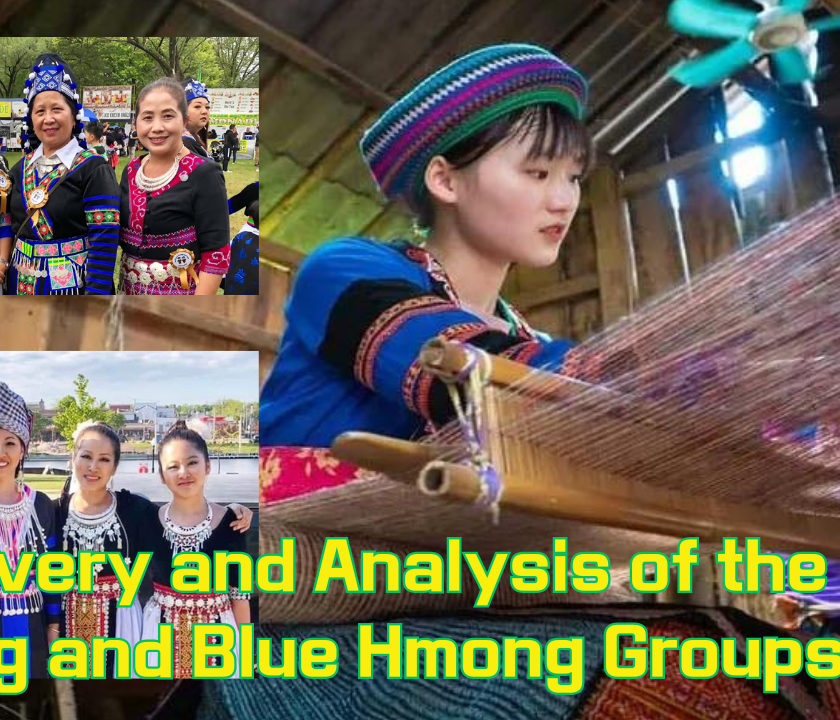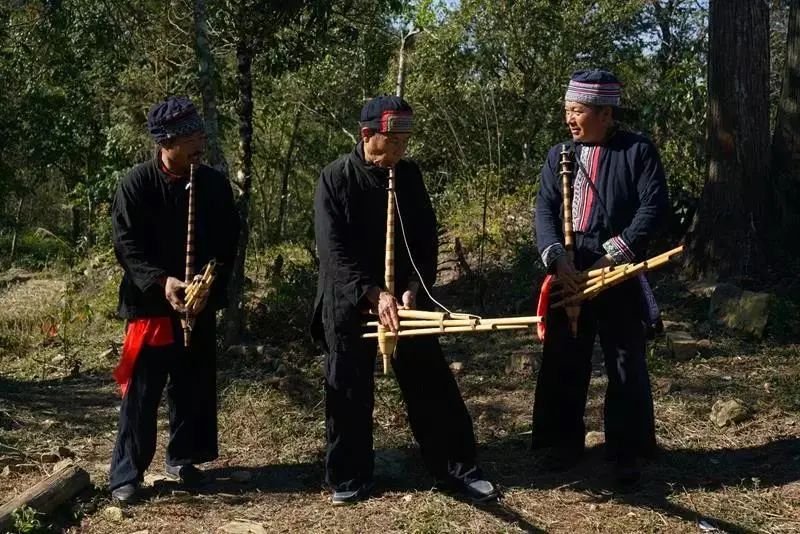Discovery and Analysis of Hmong Ethnic Culture in China

China, a country with a diverse tapestry of ethnicities, is home to 56 recognized ethnic groups. Among them, the Hmong, known as the Miao (苗) in China, stand out with their vibrant culture, rich history, and distinctive traditions. This article delves into the profound roots and unique aspects of the Hmong culture in China.
Historical Background
The Hmong have inhabited the mountainous regions of southern China for millennia. Historical texts suggest their presence dating back to the Qin and Han dynasties. Over time, due to various socio-political reasons, many migrated to Southeast Asian countries such as Vietnam, Laos, and Thailand.
Language and Literature
The Hmong language is a part of the Hmong-Mien language family. It has multiple dialects, reflecting the group’s internal diversity. While the Chinese script is prevalent due to nationwide education policies, the Hmong have their unique scripts, like the Pahawh and Ntawv Paj Ntaub, used in rituals and embroidery.
Traditional Attire
Hmong traditional clothing is renowned for its intricate embroidery, which tells stories of their myths, beliefs, and daily life. Colors and designs vary among subgroups, such as the Blue Hmong, White Hmong, and Green Hmong. Silver accessories, headdresses, and pleated skirts are common adornments.
Festivals
The Hmong New Year is the most significant festival, marking the end of the harvest season. It features vibrant parades, music, dance, and traditional games. This occasion also serves as a platform for young individuals to meet and court potential life partners.
Religion and Spirituality
Animism and ancestor worship are central to Hmong spirituality. Rituals, often led by shamans, bridge the divide between the physical and spiritual worlds. They believe in the existence of spirits in nature and the importance of maintaining harmony with them.
Music and Dance
The Qeej, a traditional wind instrument, plays a pivotal role in Hmong ceremonies. The sound is believed to communicate with the spirit world. Dance forms, synchronized with Qeej tunes, narrate stories of creation, wars, and human experiences.
Conclusion
The Hmong culture, with its myriad colors, sounds, and tales, is a testament to the rich ethnic diversity of China. As modernization sweeps across the globe, the preservation of such unique cultures becomes paramount. Recognizing, celebrating, and understanding the Hmong heritage can pave the way for a more inclusive world.
Note: This article is a brief overview. Detailed studies and research are needed to delve into the vast and intricate world of the Hmong culture in China.
#HmongCulture #3HmoobPlus #CulturalDiscovery #3Hmoob #Hmong #Hmoob






Responses